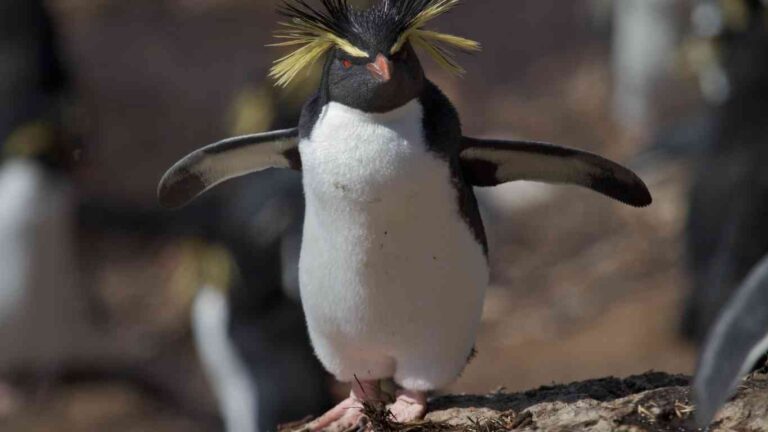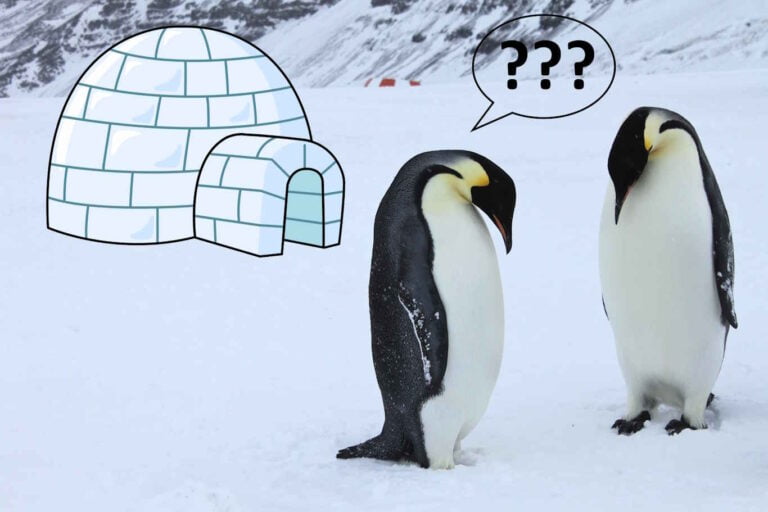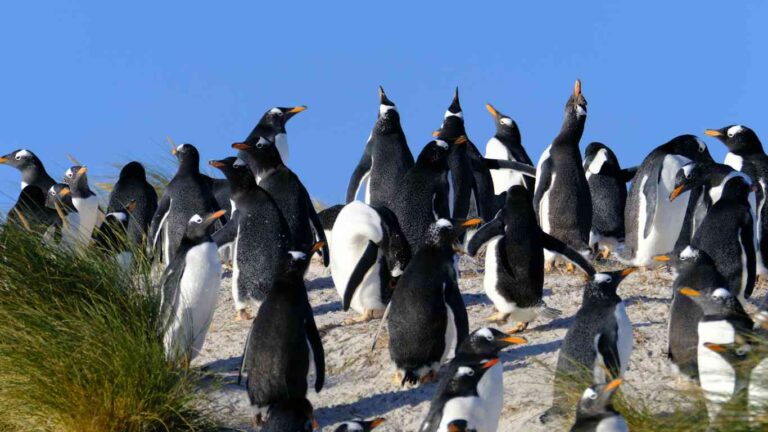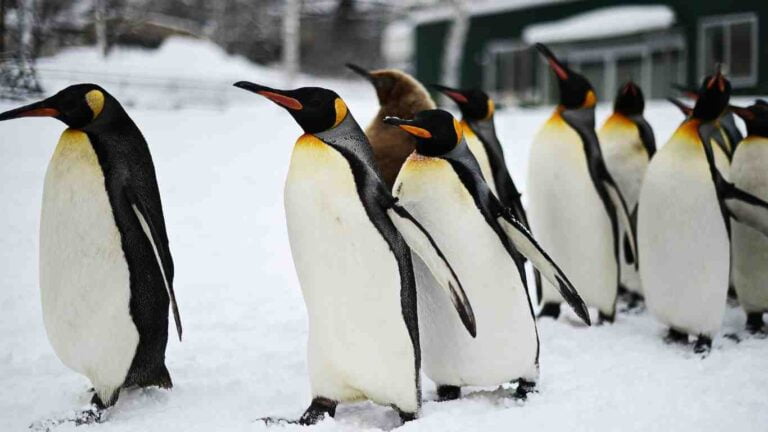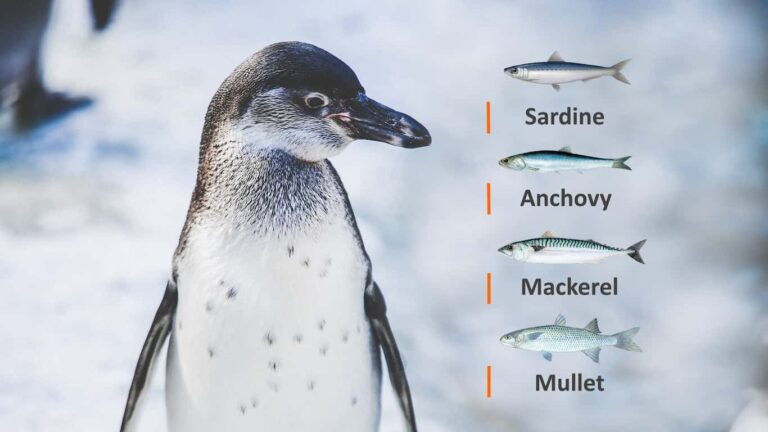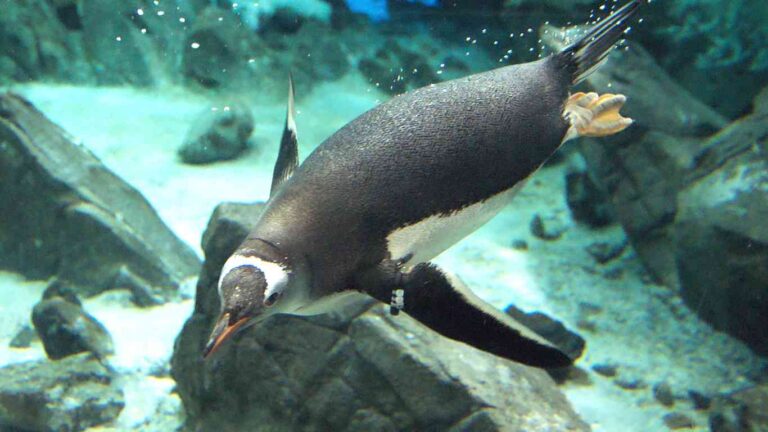What Do Penguins Eat in the Wild?
When we consider the dietary habits of penguins, it’s important to examine where they are located and their available food sources. This directly impacts their feeding behaviors and the types of food they consume.
What Do Penguins Eat?
Penguins in the wild primarily eat seafood, with their diet mainly consisting of fish, krill, and squid.
Krill in particular are tiny shrimp-like crustaceans that abound in the Cold Southern Ocean and are a significant source of sustenance for many penguin species, including the Adélie and Chinstrap Penguins.
Penguins are primarily carnivorous and rely on the bounty of the sea for their dietary needs.
The specifics of their diet, however, can vary depending on the penguin species and the particular ecosystem they inhabit.
Fish forms a significant component of the penguin diet, with types depending on the geographical location and availability.
For example, the diet of Galápagos Penguins includes small fish that marble the surrounding waters of the islands.
On the other hand, King Penguins, which you may know for their striking plumes of bright yellow, feast mainly on lanternfish in the remoteness of the subantarctic region.
The diversity in their diet is partly explained by the variety of penguin species and the vastness of their habitats. Penguin species are adapted to their local environments.
They have developed hunting and feeding techniques tailored to the available prey in their respective regions, which can range from the warmer Galapagos Islands to the icy coasts of Antarctica.
The agile hunting technique of penguins enables them to capture and consume such speedy seaside snacks or food. They are excellent swimmers, with various strategies adapted for their oceanic chases.
What Do Penguins Eat in Antarctica?
In Antarctica, penguins primarily eat fish and krill, which is especially important during breeding seasons when they need large quantities of food.
Krill is the most abundant and easily obtainable food source for the Adélie, Chinstrap, and Gentoo penguins that live in the Antarctic region. As for Emperor penguins they heavily feed on fish and squid.
The cold and harsh environment of Antarctica dictates a somewhat different diet for penguins. Fish and squid still remain in their diet, yet the icy waters make krill an abundantly available and preferred choice.
The immense swarms of krill in Antarctic waters form the foundation of the food web, supporting not only penguins but also a diverse array of marine wildlife.
What Do Penguins Eat at the Zoo?
At the zoo penguins are fed a diet primarily consisting of fish such as herring and capelin, which provide the essential fats and proteins they need.
Zoos also incorporate vitamins and mineral supplements to their feed to ensure the penguins retain optimal health, something that might not be as controlled in the wild.
The diet of penguins in captivity, is tailored to replicate that of their wild counterparts to the best extent possible.
Special attention is given to each species’ needs, and feeding is often an educational show where guests can learn about penguin species, their feeding habits, and conservation efforts.
Efforts made in providing a proper diet for captive penguins also offer insights into nutritional requirements, contributing to conservation and rehabilitation work in the wild.
Penguins exhibit fascinating feeding habits that depend largely on their natural environment and the availability of food sources.
Whether lurking in the Antarctic seas or residing in a zoological park, these charismatic birds continue to intrigue us with their survival skills and hearty appetites.
(Featured image form PxHere)


